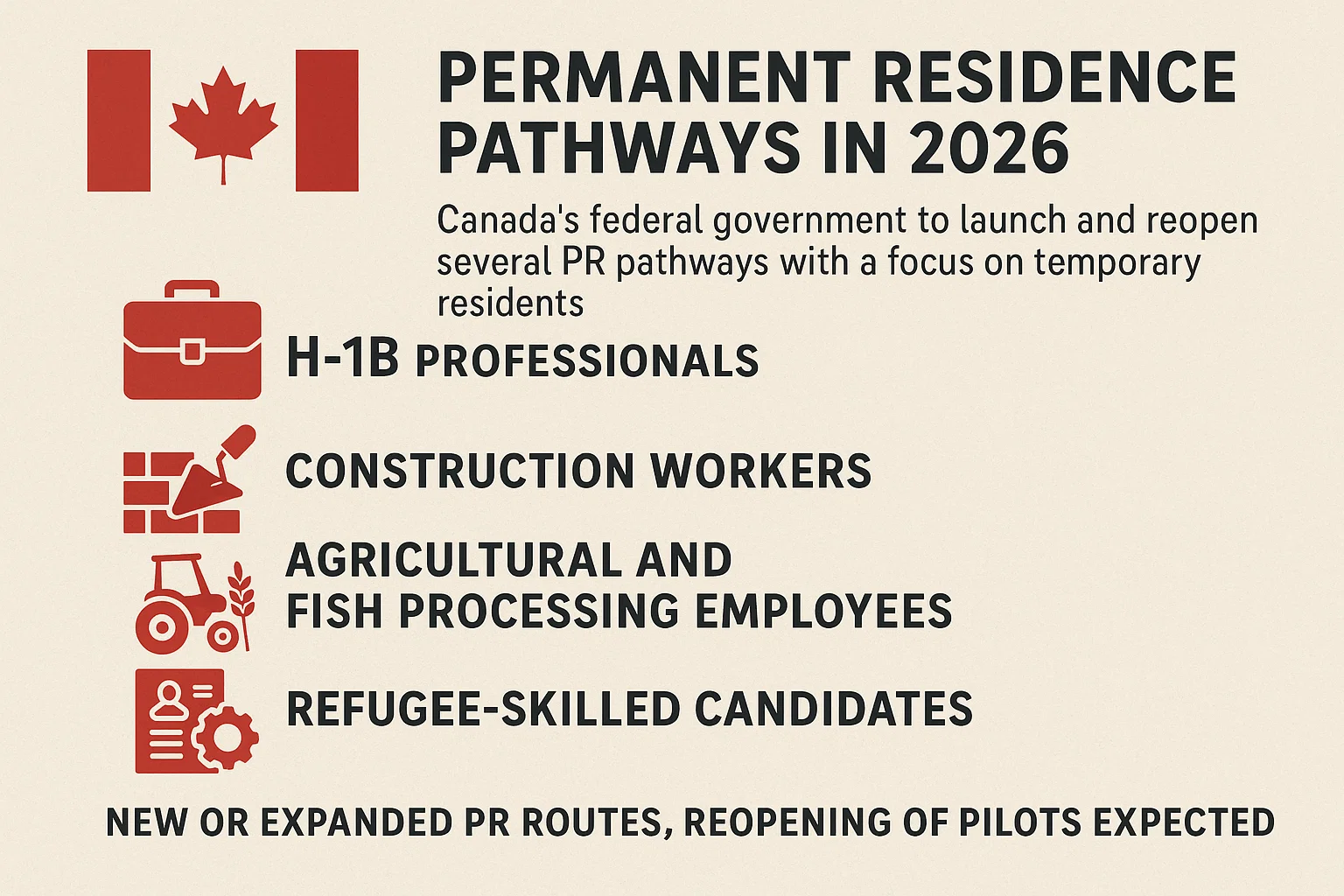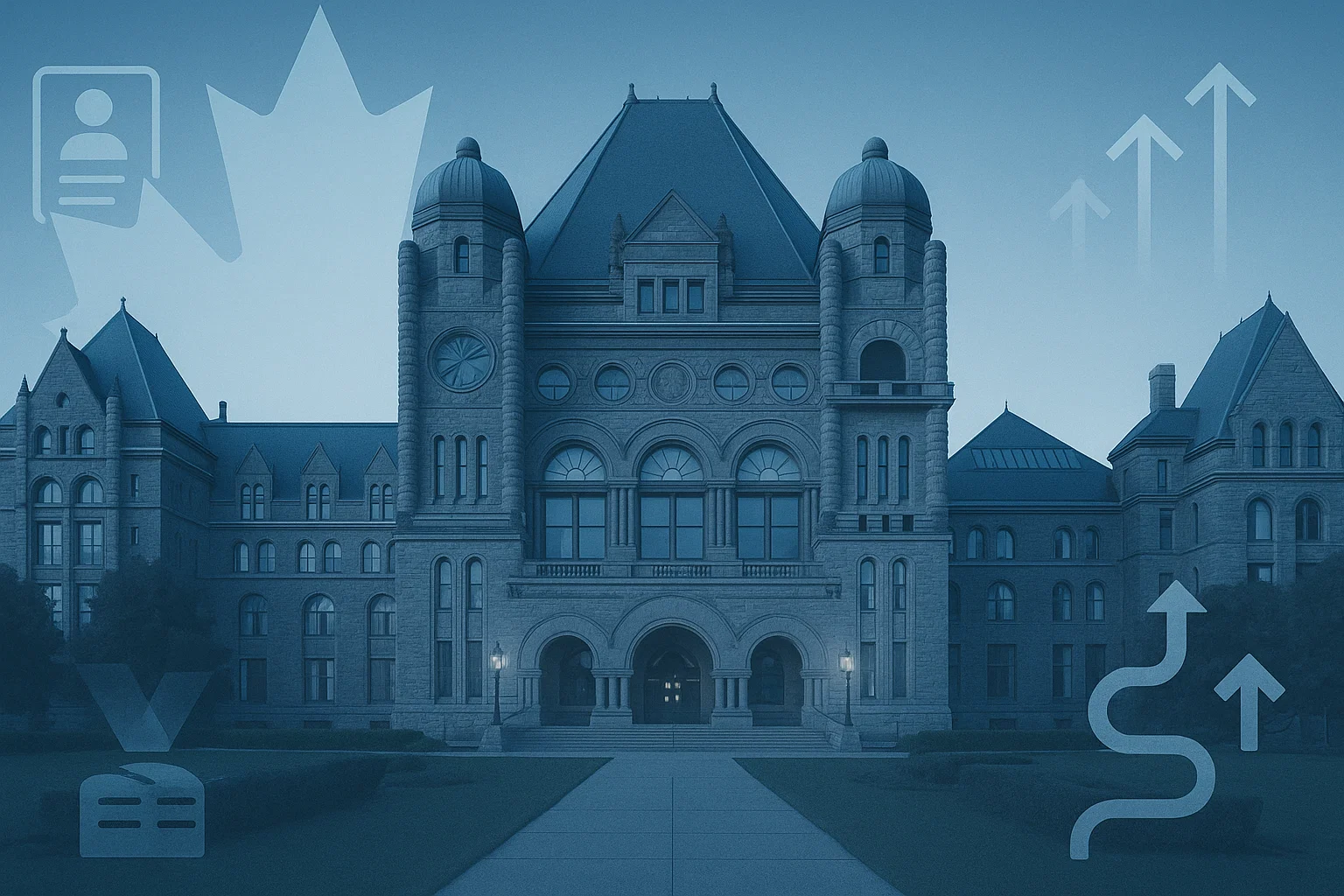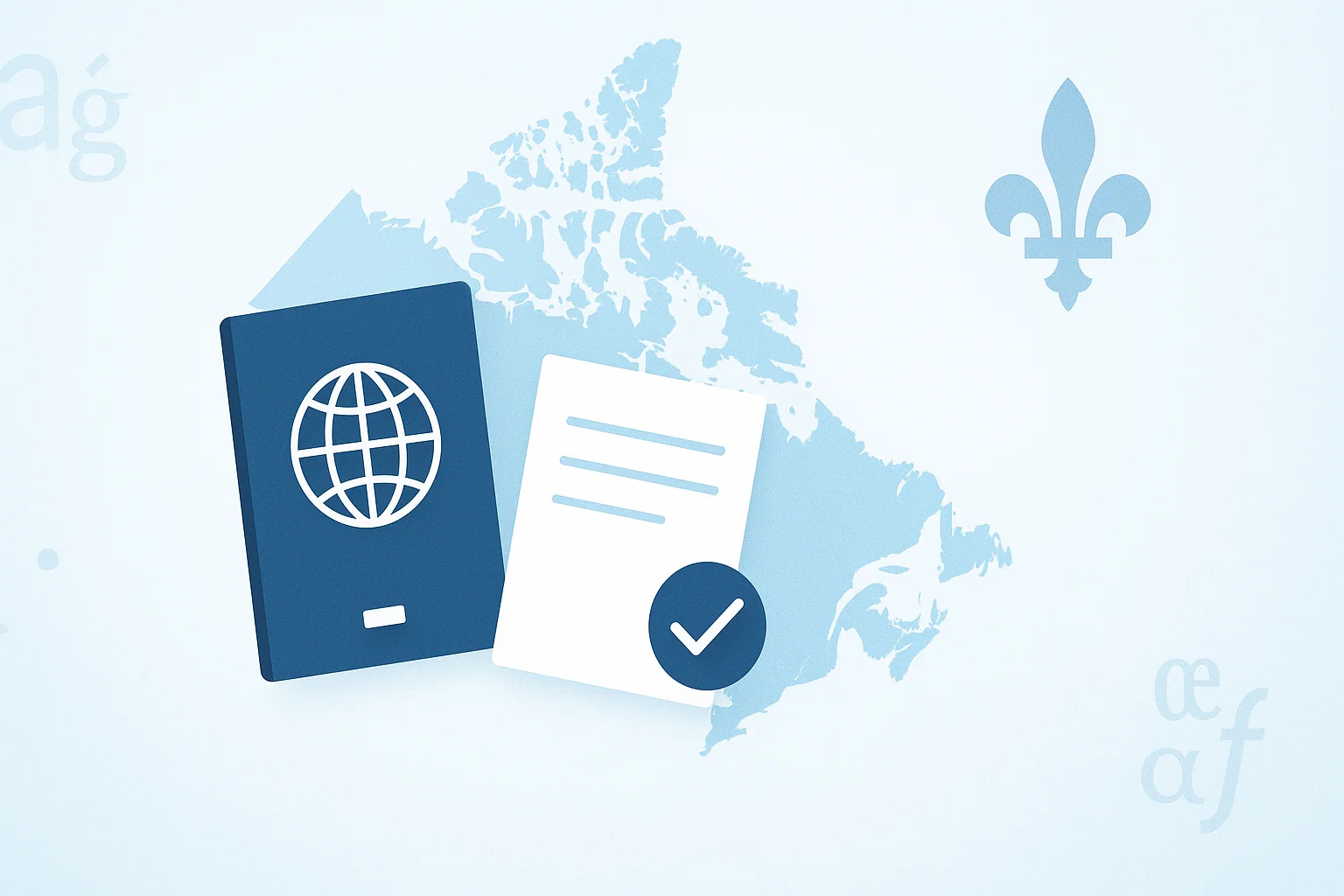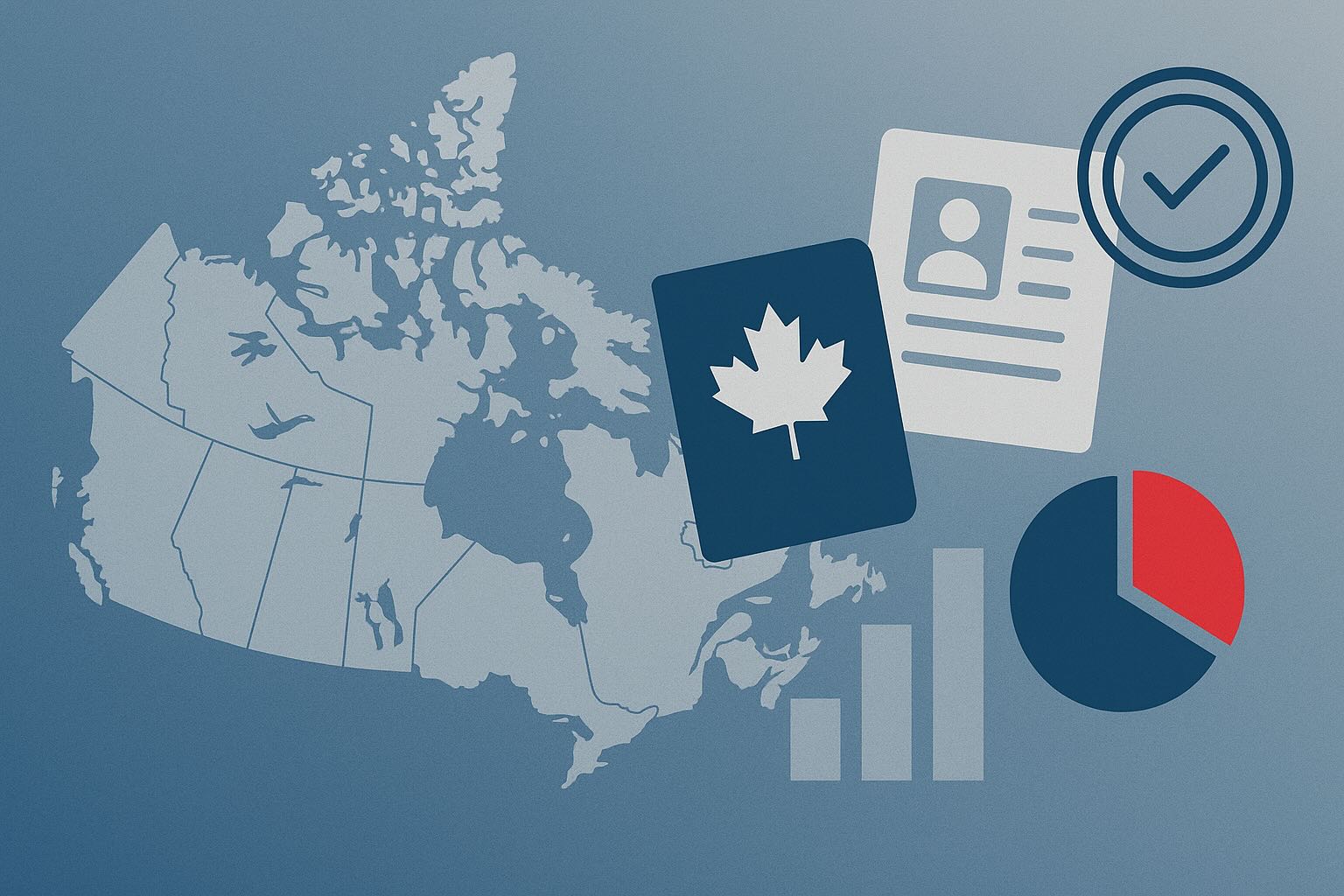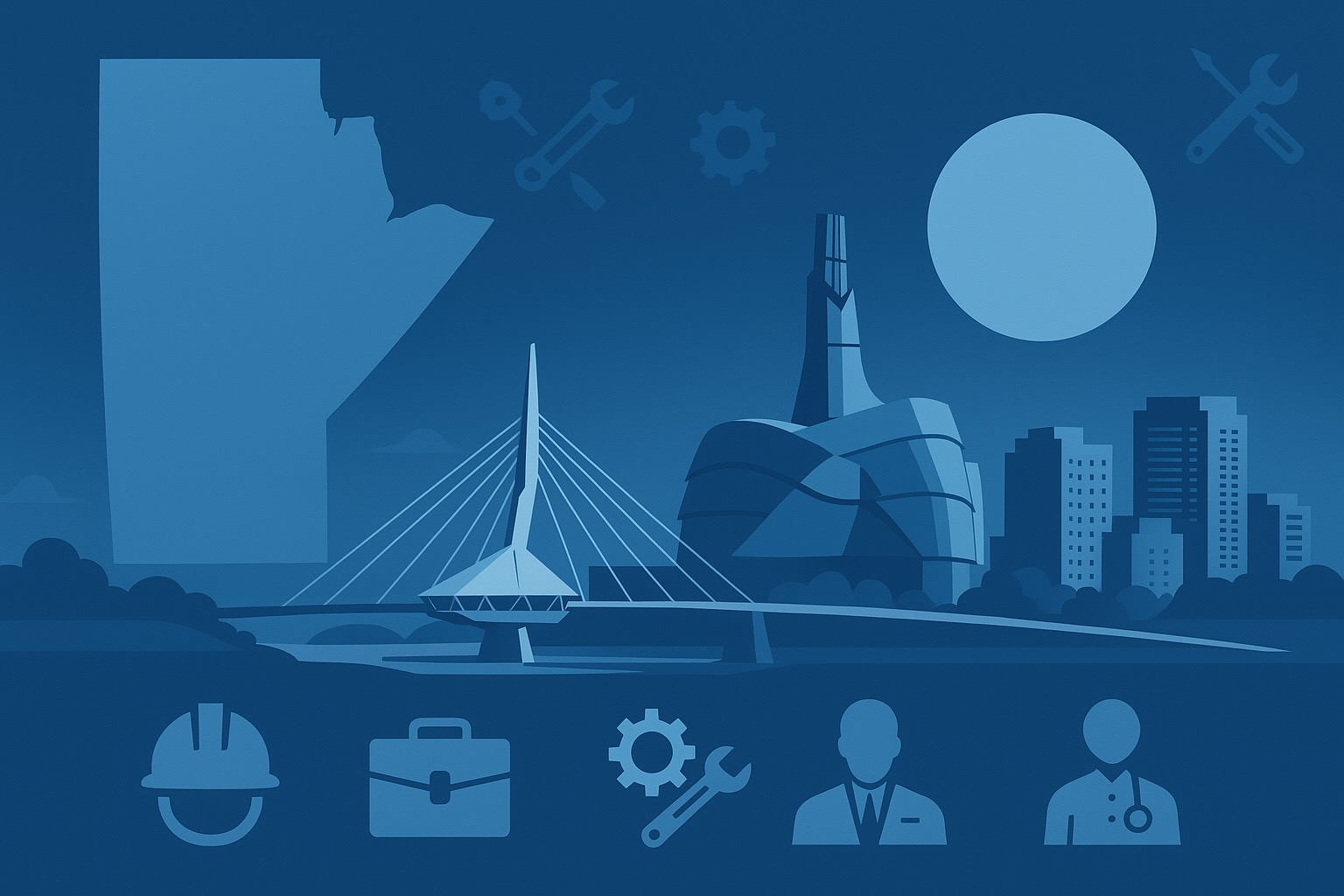
Quebec's immigration landscape is on the verge of a profound transformation. This Wednesday, June 5, 2025, the province's Minister of Immigration, French-Language Services, and Integration, Jean-François Roberge, officially unveiled the draft immigration guidelines for the next four years (2026-2029), outlining a new strategic direction centered on "control" and "integration."
Immediate Adjustments to Multiple Immigration Pathways, PEQ Program Halted
As part of the new policy, the Quebec government announced several significant measures effective immediately:
- PEQ-Workers Stream Suspended: The Quebec Experience Program (PEQ) – Workers stream will suspend the acceptance of new applications until November 30, 2025.
- PEQ-Graduates Stream Suspension Extended: The suspension of the PEQ – Graduates stream, which was already in place, will be extended until November 30, 2025.
- Skilled Worker Program to Reopen: The new Skilled Worker Selection Program (PSTQ) is scheduled to reopen for applications in July 2025.
- Refugee Program Suspension Extended: Intake for the Program for Refugees Abroad (Collective Sponsorship) will remain suspended until December 31, 2027.
The PEQ program was one of the primary and most popular pathways for international students and temporary workers to gain permanent residence in Quebec. This comprehensive suspension will undoubtedly have a direct and significant impact on many applicants planning to immigrate through this program.
Targeting Temporary Residents, French Becomes a Hard Requirement
Mirroring the federal government's direction, Quebec has, for the first time, explicitly proposed to control its temporary resident population. The plan includes reducing the number of temporary foreign workers under provincial jurisdiction from 72,000 to 65,000 over four years. Notably, it aims to cut the number of temporary foreign workers in the Montreal region by 50% and direct immigration invitations more towards regions outside of Montreal and Laval.
A more critical change is the proposal that temporary foreign workers will be required to meet a minimum level of French proficiency to renew their work permits. This measure is designed to ensure that all individuals working in Quebec can better integrate into the French-speaking society.
Minister Roberge emphasized during the press conference that future economic immigrants will be prioritized from among those who have already successfully integrated into Quebec society, namely: temporary residents already in Quebec who possess French language skills, have employment, and those who have completed studies in Quebec or whose occupations address local labor shortages.
Pressuring the Federal Government, Linking to Permanent Resident Quotas
At the press conference, Minister Roberge presented a chart showing the sharp increase in temporary residents in Quebec under the federal International Mobility Program (IMP), criticizing Ottawa's handling of the situation. He explicitly called on the federal government to slash the number of temporary foreign workers entering Quebec under the IMP from 400,000 to 200,000.
He stated firmly that Quebec will not consider raising its annual permanent residence admission targets until the federal government achieves this reduction. This statement clearly links the responsibility for cutting temporary resident numbers directly to the possibility of increasing future permanent resident quotas.
"Becoming a Quebecer is a privilege, not a right," Roberge stressed in French. "We must protect our French language and our Quebec culture."
Three Scenarios for Future Immigration Levels, Public Consultation Begins
Regarding the highly anticipated annual permanent resident admission levels, the published document presents three possible scenarios for public discussion: 25,000, 35,000, or 45,000 admissions per year.
Minister Roberge stated that the government has not yet made a final decision on the targets and is eager to hear from the public. The public consultation period will run until August 15, 2025, with the final annual immigration levels plan expected to be published in October 2025.
In-Progress Applications Unaffected, Arrima Profiles Require Updates
For candidates who have already submitted their applications, the Quebec government confirmed it will continue to process the existing backlog. This includes PEQ applications submitted before the suspension and applications to the former Regular Skilled Worker Program (PRTQ) submitted before its closure on November 29, 2024. Furthermore, existing PEQ applicants can still add family members, such as spouses and dependent children, to their in-progress applications.
An important note for candidates: anyone who created a profile in the Arrima system before November 29, 2024, must update it to be considered for selection under the new PSTQ program.
A Look at Recent Developments in Quebec Immigration
This major overhaul does not come in a vacuum. In recent months, Quebec's immigration policies have undergone several changes. While the province's 2025 immigration target (48,500 to 51,500) remains consistent with previous plans, the methods for achieving it have been transformed. Previously, Quebec had already implemented a country cap for the Skilled Worker Selection Program (SWSP), limiting invitations from any single country to no more than 25% of the total, and significantly increased French proficiency requirements, aiming for 79-80% of all new immigrants to know French upon admission.
These measures, combined with today's announcement, paint a clear picture of Quebec's future immigration policy: fewer admissions, stricter French requirements, and an overwhelming focus on candidates already established within the province.
